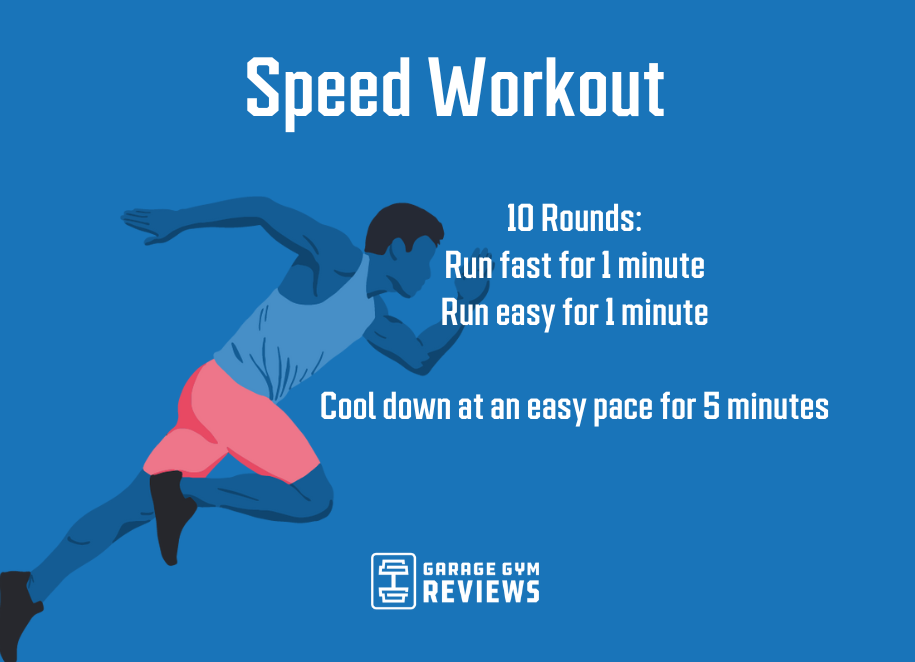Conquering Discomfort in Operating: Techniques and Methods That Work
Pain is a typical buddy for numerous runners, often acting as a barrier to achieving their desired goals. However, with the appropriate methods and techniques, it is feasible to conquer and also avoid the pain related to running. By exploring numerous techniques such as comprehending the different kinds of running discomfort, enhancing footwear and kind, integrating cross-training and stamina exercises, executing reliable healing techniques, and maintaining proper nourishment and hydration, runners can potentially relieve their pain and enhance their total running experience.
Comprehending Different Kinds Of Running Pain

An additional kind of running pain is joint pain, which can manifest as a sharp or throbbing discomfort in locations such as the knees, hips, or ankle joints (running workout). Joint pain may be brought on by variables like incorrect running type, overuse, or underlying problems like joint inflammation (this web-site). It is vital to distinguish between muscular tissue discomfort and joint discomfort, as the latter might call for medical interest to avoid additional injury
Comprehending the different types of running pain is essential for effective management and prevention strategies to ensure a safe and enjoyable running experience.
Proper Shoes and Running Form
To optimize efficiency and decrease the threat of running-related injuries, selecting appropriate shoes and maintaining correct running type are essential elements for joggers of all levels. It is recommended to choose running footwear that are particularly developed for the person's foot type, running stride, and the type of running task they engage in.

Cross-Training and Toughness Exercises
Taking part in cross-training and including strength exercises into a running routine can considerably enhance overall performance and decrease the possibility of injuries. Cross-training, such as cycling or swimming, assists improve cardiovascular physical fitness while providing running muscle mass a break from repeated effect. It likewise assists strengthen various muscle mass groups, causing better general body conditioning. Stamina exercises, like squats, lunges, and core workouts, play an essential role in stabilizing muscular tissues and boosting running performance. They can remedy muscle mass discrepancies, enhance dexterity, and improve power outcome, all of which are essential for running efficiency.
It is vital to enable for adequate remainder between running sessions and cross-training tasks to prevent overuse injuries. By including these elements into a running regimen, runners can develop a more powerful foundation, enhance efficiency, and appreciate a much more lasting running experience - check here.
Healing and Rest Methods
Having actually established the importance of cross-training and stamina workouts in a detailed running regimen, attention can now be directed towards Recuperation and Rest Methods as indispensable components for enhancing efficiency and decreasing the threat of injuries. (running workout)
Healing after running is critical for muscle repair work and development. Techniques such as foam rolling, stretching, and massage therapy aid in decreasing muscle mass pain and boosting flexibility. Sufficient remainder in between runs allows the body to recover and adapt to the physical stress and anxiety, avoiding overuse injuries.
Integrating energetic recuperation days right into a training timetable, where low-intensity activities like walking or biking are executed, can boost blood flow and promote recovery without putting excess strain on the muscles. Furthermore, appropriate hydration and nourishment play a crucial function in the recuperation procedure by restoring shed liquids and nutrients.
Quality rest is an additional crucial element of recuperation that need to not be forgotten. During rest, the body undertakes repair and regeneration processes, adding to total physical and psychological health. By focusing on recuperation and remainder strategies, joggers can preserve optimal performance levels and reduce the likelihood of experiencing discomfort or injuries.
Nourishment and Hydration for Runners
Just how can runners optimize their performance through correct nourishment and hydration methods? Nutrition and hydration are essential aspects of a runner's training routine, playing a crucial duty in efficiency, endurance, and healing. To enhance efficiency, joggers must focus on consuming a healthy diet plan that consists of carbs, healthy proteins, healthy fats, vitamins, and minerals. Carbohydrates give energy for running, while proteins aid in muscle mass repair work and recuperation. Healthy and balanced fats support total health and wellness and help in soaking up necessary nutrients. Sufficient hydration is also important to preserve optimum performance, as also moderate dehydration can adversely affect running efficiency. Runners must consume alcohol water before, throughout, and after their go to remain hydrated. Electrolytes, such as sodium and potassium, are additionally crucial for preserving liquid balance and muscular tissue function - running strategy. Additionally, timing dishes and treats properly prior to runs can help protect against gastrointestinal pain and provide the necessary energy for peak efficiency. By taking notice of their nourishment and hydration, runners can boost their endurance, speed up healing, and perform at their ideal.
Final Thought
Finally, by recognizing the various sorts of running pain, using correct shoes, keeping right running form, incorporating cross-training and stamina exercises, prioritizing healing and remainder, and concentrating on nourishment and hydration, runners can successfully get over discomfort and improve their efficiency. Implementing these techniques and methods can assist runners avoid check this site out injuries, enhance their endurance, and ultimately delight in a much more satisfying running experience.